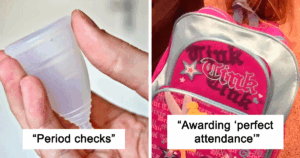“Uncovering the Sticky Secret: The Surprising Inventor Behind Super Glue’s Revolutionary Bond!”
But the application which Harry Coover was most proud of was in the field of medicine. One day in the early 1960s, Coover watched as his son tried to cut open a tube of superglue while building a model airplane. The knife slipped, cutting his son’s finger, only for a drop of glue to spill from the tube and immediately seal the wound. Immediately recognizing the tissue-bonding potential of superglue, Coover set about developing a formula that could be used to quickly staunch major bleeding in an emergency. This research soon caught the attention of the U.S. Army, then embroiled in the Vietnam War:
“During the Vietnam War, one of the generals came to us and said, ‘I want this for us out on the battlefield. When the medics go out on the battlefield, a guy’s got a big hole in his belly or someplace, bleeding. And he takes this and just sprays it, and that instantaneously stops the bleeding’…the biggest problem they had was stopping the bleeding so they could get the patient back to the hospital. And the consequence was—many of them bled to death. So the medics used the spray, stopped the bleeding, and were able to get the wounded back to the base hospital…This was very powerful. That’s something I’m very proud of – the number of lives that were saved.”
Despite this success, however, superglue as originally formulated was not ideally suited for medical use. Not only does the curing process produce large amounts of heat that can inflict serious burns, but it also releases formaldehyde, which can irritate the skin, eyes, and respiratory tract. For this reason, in 1988 a much less irritating derivative called 2-octyl-cyanoacrylate was developed and approved by the FDA, and is now sold under various brand names including Dermabond and Traumaseal. Indeed, in many clinics around the world, medical-grade superglue is now widely used in place of stitches for more minor wounds.












